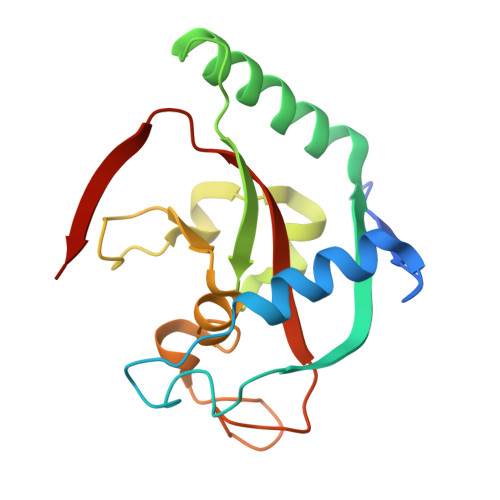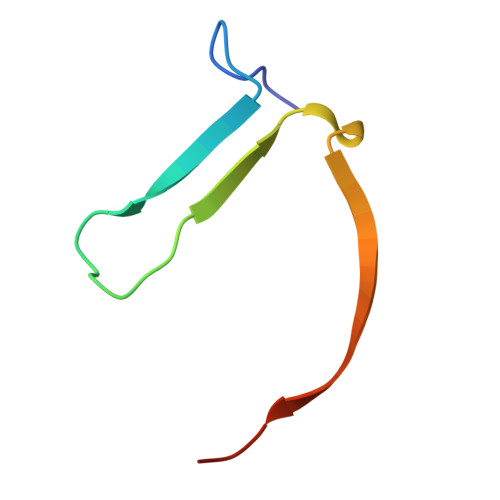Substitutions at the C-8 position of quinazolin-4-ones improve the potency of nicotinamide site binding tankyrase inhibitors.
Bosetti, C., Kampasis, D., Brinch, S.A., Galera-Prat, A., Karelou, M., Dhakar, S.S., Alaviuhkola, J., Waaler, J., Lehtio, L., Kostakis, I.K.(2025) Eur J Med Chem 288: 117397-117397
- PubMed: 39983556
- DOI: https://doi.org/10.1016/j.ejmech.2025.117397
- Primary Citation of Related Structures:
8S4V, 8S4W, 8S4X, 8S60, 9FEG - PubMed Abstract:
Human diphtheria toxin-like ADP-ribosyltransferases, PARPs and tankyrases, transfer ADP-ribosyl groups to other macromolecules, thereby controlling various signaling events in cells. They are considered promising drug targets, especially in oncology, and a vast number of inhibitors have already been successfully developed. These inhibitors typically occupy the nicotinamide binding site and extend along the NAD + binding groove of the catalytic domain. Quinazolin-4-ones have been explored as compelling scaffolds for such inhibitors and we have identified a new position within the catalytic domain that has not been extensively studied yet. In this study, we investigate larger substituents at the C-8 position and, using X-ray crystallography, we demonstrate that nitro- and diol-substituents engage in new interactions with TNKS2, improving both affinity and selectivity. Both diol- and nitro-substituents exhibit intriguing inhibition of TNKS2, with the diol-based compound EXQ-1e displaying a pIC 50 of 7.19, while the nitro-based compound EXQ-2d's pIC 50 value is 7.86. Both analogues impact and attenuate the tankyrase-controlled WNT/¦Â-catenin signaling with sub-micromolar IC 50 . When tested against a wider panel of enzymes, the nitro-based compound EXQ-2d displayed high selectivity towards tankyrases, whereas the diol-based compound EXQ-1e also inhibited other PARPs. Compound EXQ-2d displays in vitro cell growth inhibition of the colon cancer cell line COLO 320DM, while compound EXQ-1e displays nonspecific cell toxicity. Collectively, the results offer new insights for inhibitor development targeting tankyrases and PARPs by focusing on the subsite between a mobile active site loop and the canonical nicotinamide binding site.
Organizational Affiliation:
Faculty of Biochemistry and Molecular Medicine & Biocenter Oulu, University of Oulu, Finland.





















